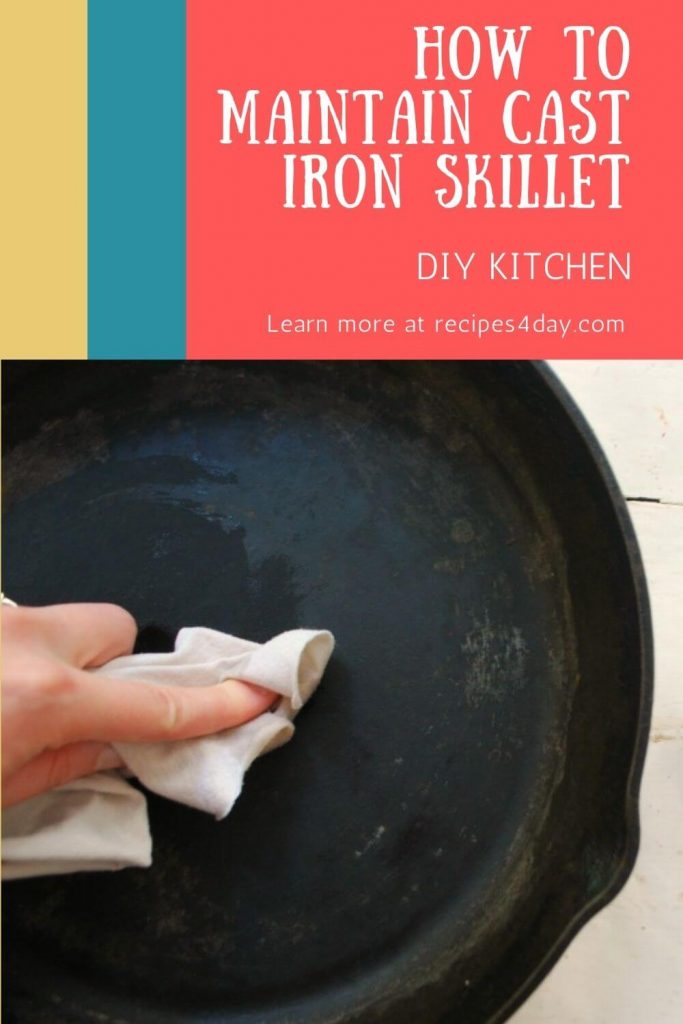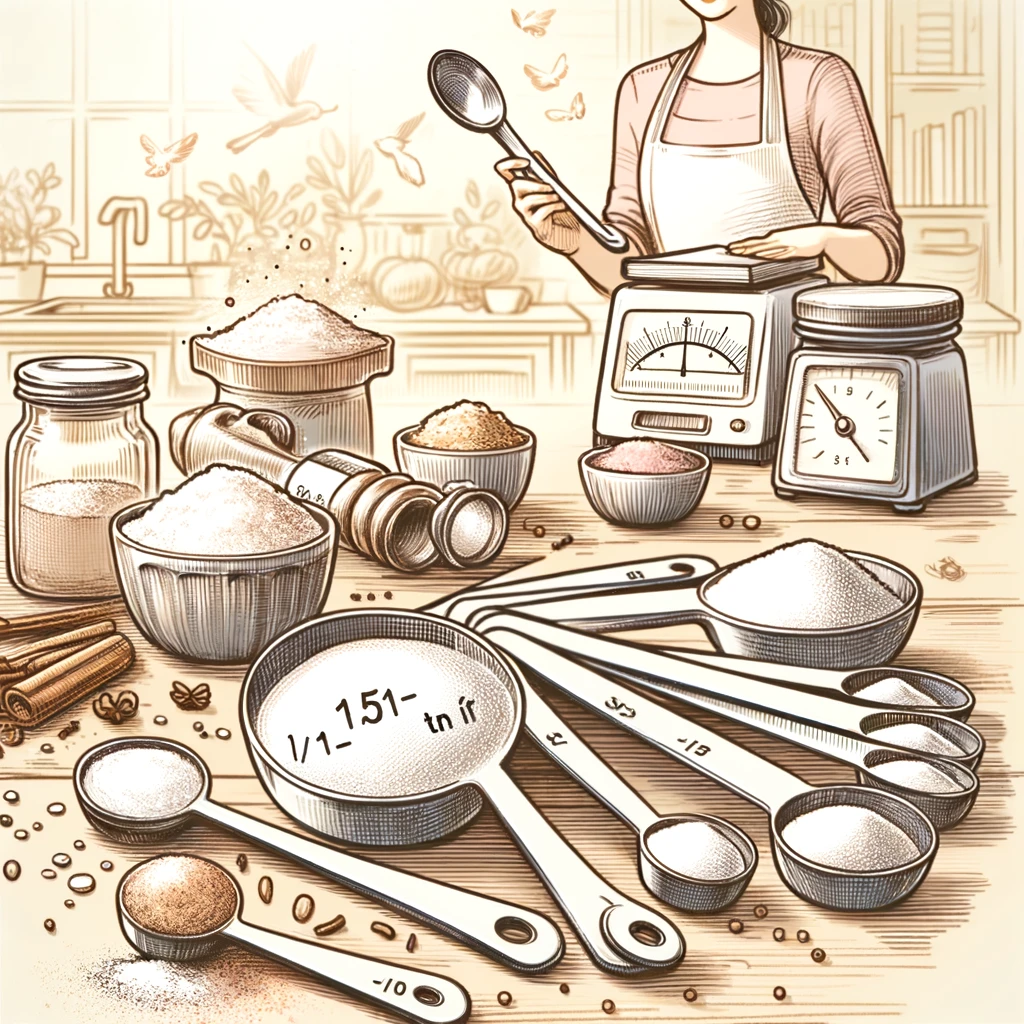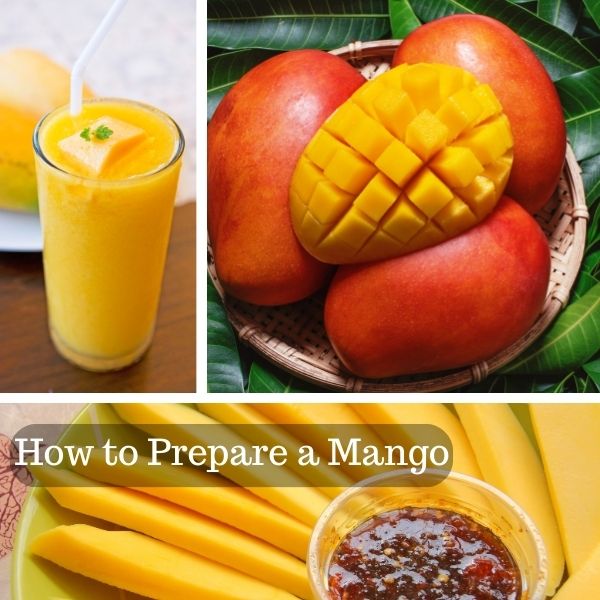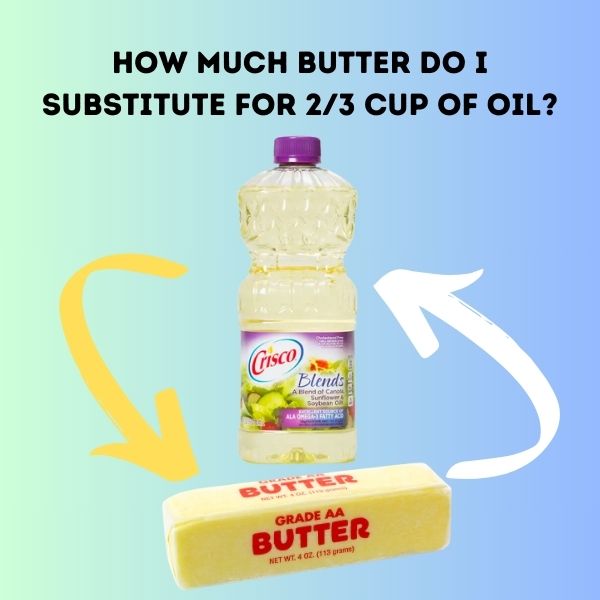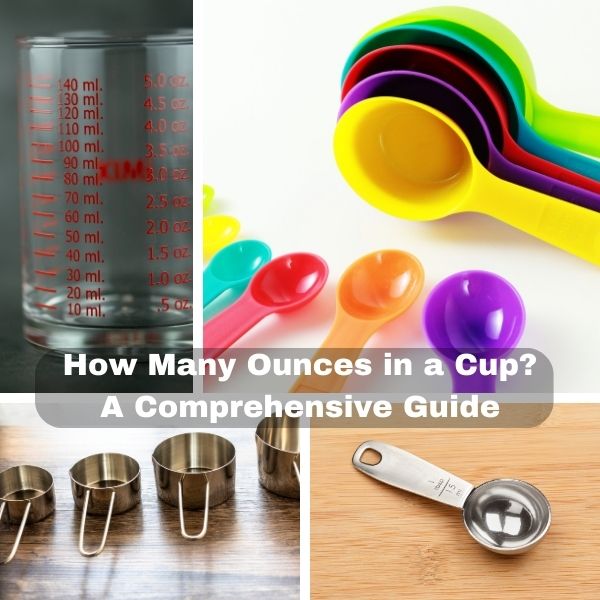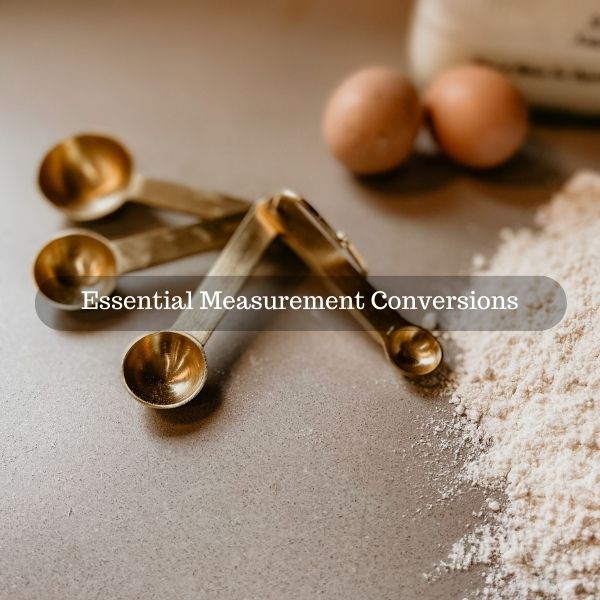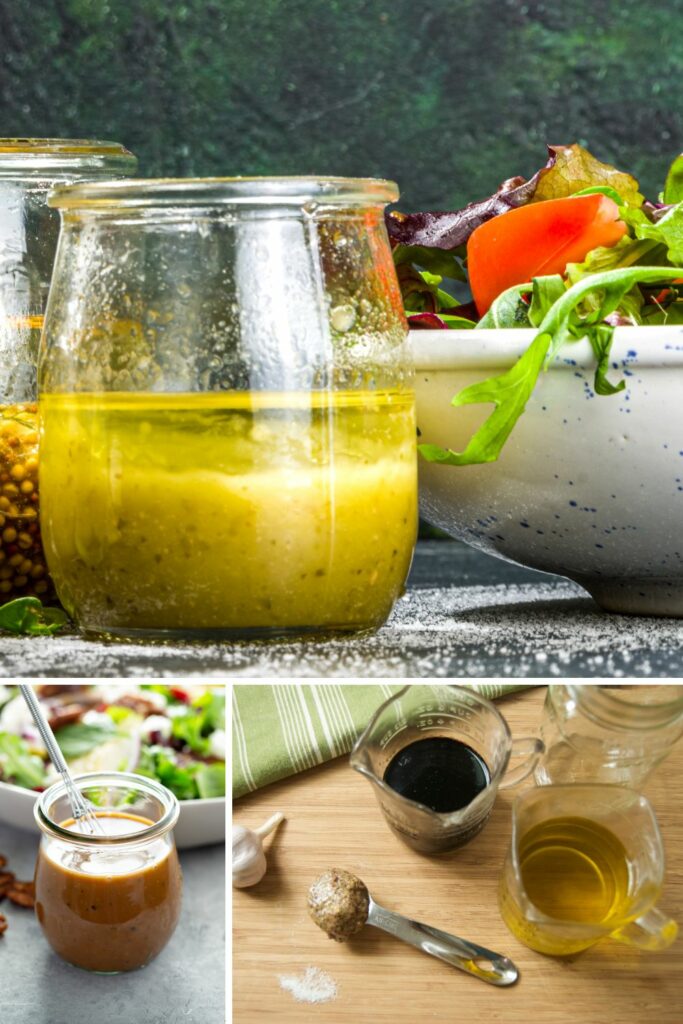CAST IRON POTS AND PANS ARE SOME OF THE MOST IMPORTANT ITEMS IN MY REAL FOOD KITCHEN.
I use my cast iron EVERY. SINGLE. DAY. and at almost every meal. I use a range of different sized skillets, a dutch oven, and bread and pie pans. I also have this awesome, enameled, cast iron, dutch oven on my wishlist for Christmas! 🙂
LOTS OF PEOPLE ARE INTIMIDATED BY THE THOUGHT OF USING CAST IRON, BUT IT IS REALLY QUITE EASY TO MASTER ONCE YOU LEARN A FEW, BASIC, GUIDELINES.
Here are some tips and tricks to help you improve your cast iron cooking!
SEASONING.
No, I don’t mean salt, pepper, and spices seasoning. I mean FAT seasoning. Olive oil works just fine, but lard is my all-time favorite fat to use for seasoning. (See how to render lard here.) You need a nice thin layer of fat to coat the pan, and give it a “non-stick” finish. I recommend always seasoning new cast iron pans, (even if they say “pre-seasoned”) and periodically seasoning your used cast iron pans.
To season:
Preheat your oven to 400 degrees, then wash your cast iron pan with soap and water *NOTE- this is the ONLY time you will use soap to wash your cast iron!* Dry completely.
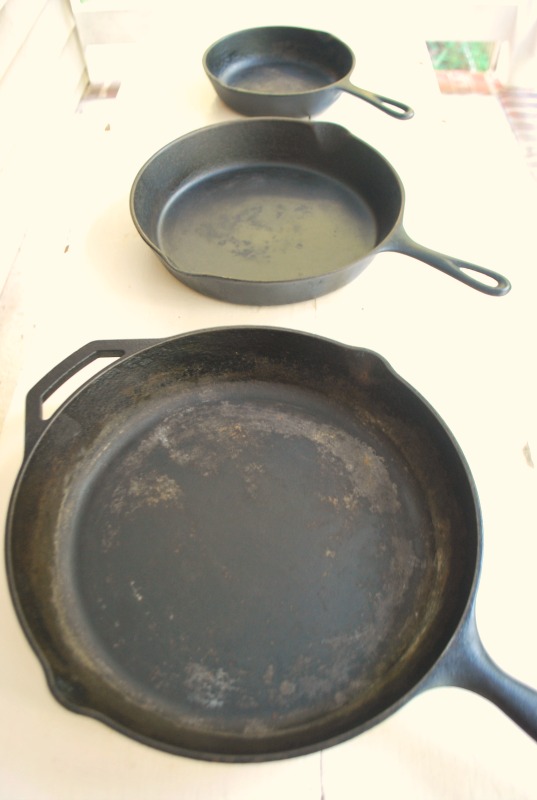
Use a clean old cloth to wipe a thin layer of olive oil or lard on the inside and outside of your pan
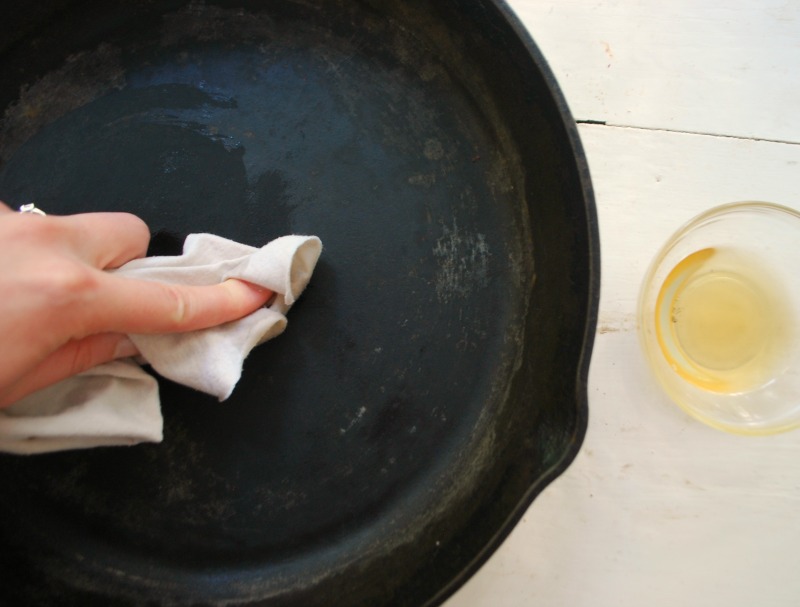
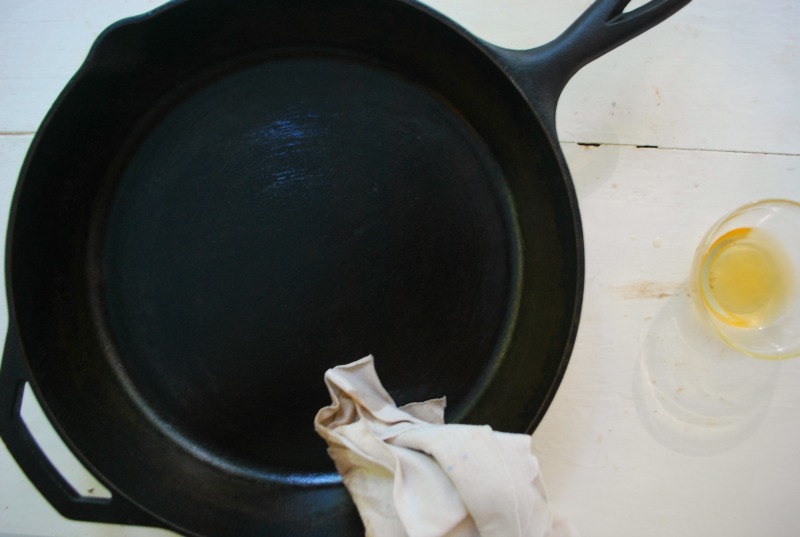
Place the cast iron pan upside down on the middle rack of your oven, and bake for 1 hour.
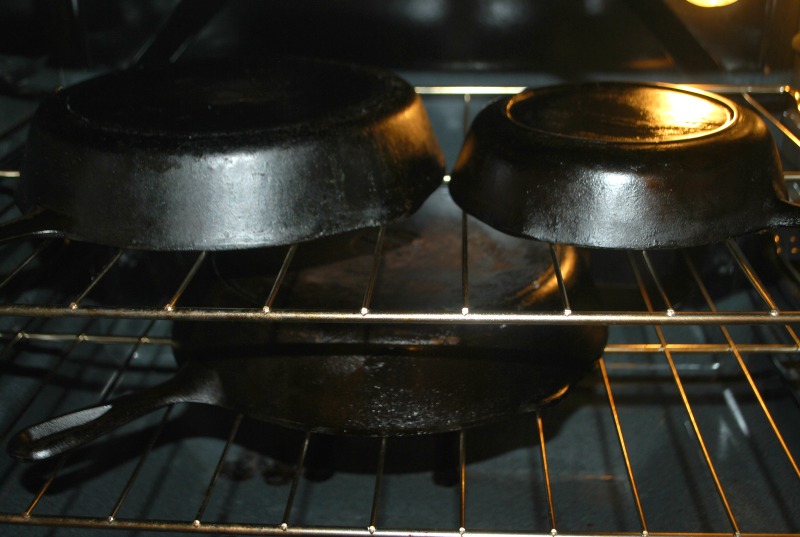
Turn off oven, and let completely cool before removing pan. When you are finished, the seasoned cast iron should be black and shiny like this:

OK, SO NOW THAT YOUR PANS ARE NICELY SEASONED, LETS TALK ABOUT ACTUALLY COOKING WITH THEM!
Here are a few things you need to know:
- Use a bit more cooking fat when cooking with cast iron-especially if you are using a new pan. It doesn’t make your food greasy, because the pan is soaking it up. This really helps to prevent stuff from sticking.
- Use a larger pan than you think you need. Cast iron gets a great sear on stuff, and you don’t want to have any of your food miss out on it by being piled too high in the pan. This also helps prevent sticking.
- Cast iron takes a little while to heat up, so be patient, and give it a couple minutes on the burner before using.
- Once it does heat up, cast iron heats very well, and evenly, so you will rarely need to turn it up high. Most things will never need to be cooked higher than a medium temperature on your stove top. Adjust your usual cooking temps to a bit lower for cast iron. (Baking temps will remain the same.)
- Don’t use regular cast iron for cooking food with a really high tomato content.Tomatoes are very acidic, and will make your food taste like metal if cooked in cast iron. Soups and stews with a little tomato in them are fine, but spaghetti sauce and tomato soup should be cooked in enameled cast iron only.
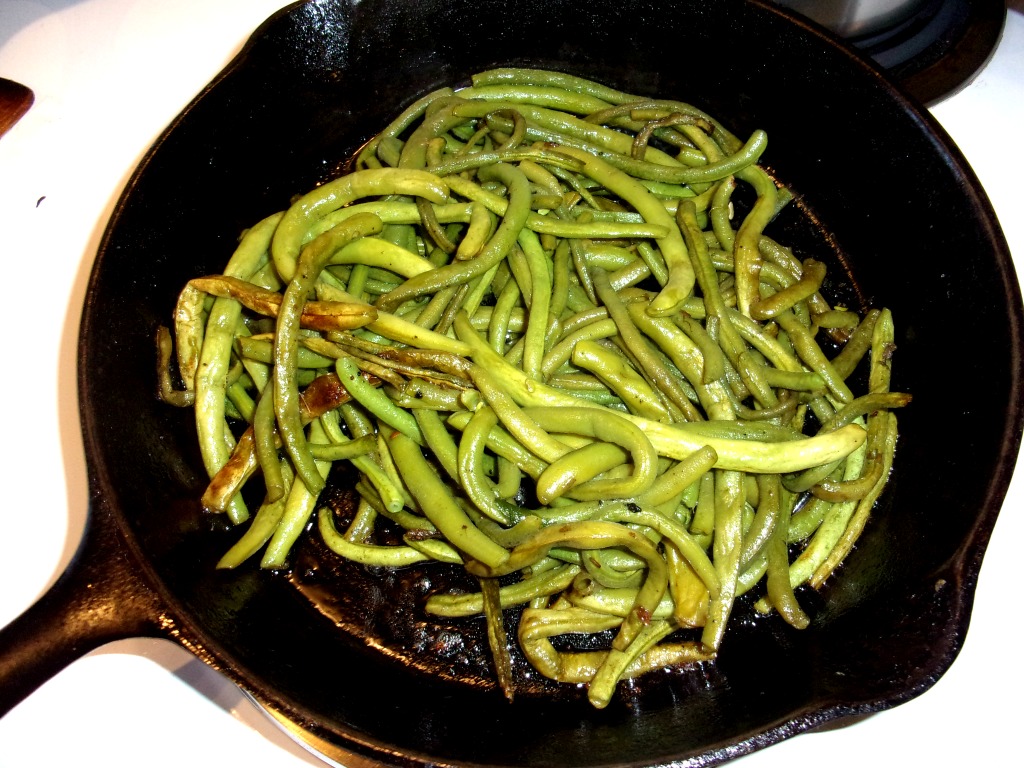
CARING FOR YOUR CAST IRON.
After you cook anything in any kind of fat, you should be able to simply wipe the pan out with a damp rag after it cools. For wet food items, give the pan a good rinse with hot water, then wipe out with a damp rag.
*DO NOT USE SOAP ON YOUR CAST IRON!*
If any food sticks to the bottom of your pan, (and this does happen occasionally with any type of pan) you can use a plastic pan scraper like the one pictured here. If that doesn’t do the trick, then move on to a stainless steel scrubbing pad as a last resort.
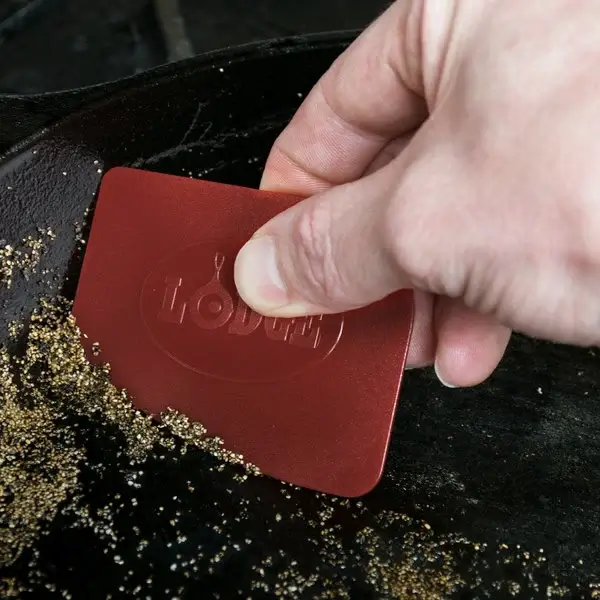
After you have cleaned your cast iron, place it on a stove burner, and heat on med-high until dry. If the pan is nice and shiny, you can just let it cool and put it away. If it is looking a little dull or brown, wipe it down with a little oil or fat and let it cool. This will prevent you from constantly having to re-season.
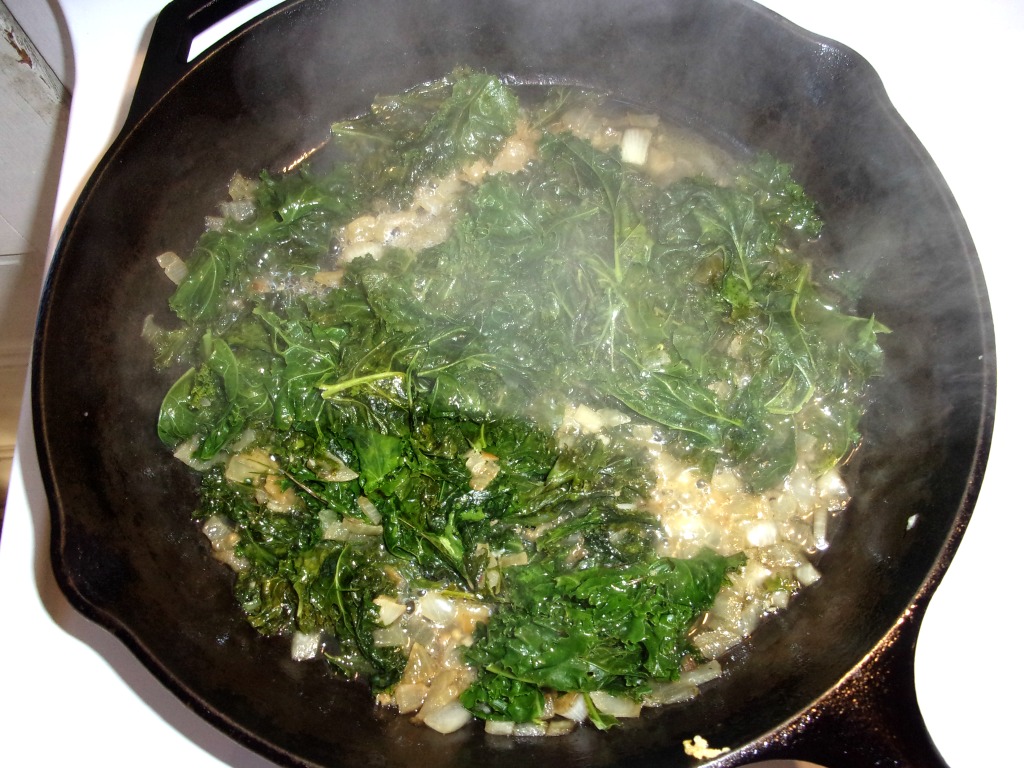
ONCE YOU GET THE HANG OF THESE BASIC TIPS, CAST IRON IS A BREEZE, AND SO AWESOME TO COOK WITH!
